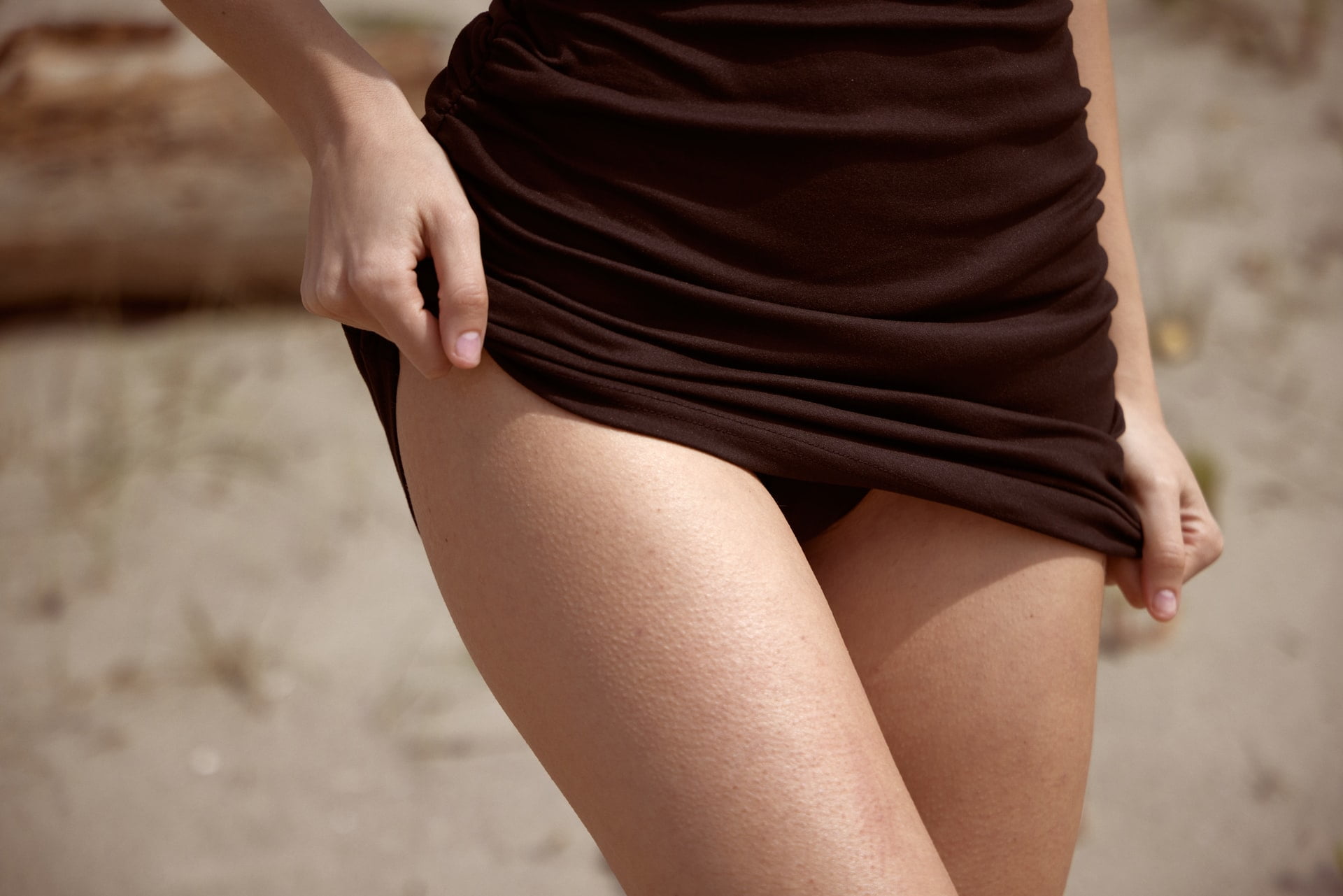What makes thigh guards best for chafed skin
Every time you walk, squat, or perform any physical movement, the sensation of skin rubbing against each other can cause skin chafing. Although it is painful, there’s nothing much you can do about it. You notice mild, red rashes accompanied by minor bleeding and swelling when you return home. This skin condition is called chafing and is more common than you think. Chafed skin could happen to anyone, including regular gym-goers, overweight people, or during pregnancy. Many people are affected by it in the thighs, although underarms, nipples and groins are other highly vulnerable areas. Why are thigh bands the best way of dealing with it, and some further details you must know?
What are some common reasons behind chafing?
As mentioned earlier, being overweight, pregnant, or carrying extra muscles around the thigh area leads to chafing around the thighs. These are some other reasons behind it.
Exercise or regular physical activity
Repeated movements such as squatting, walking or lunging cause friction between the skin, and clothing, resulting in chafing.
Hot and humid environments
Heat and humidity are two factors that aggravate this skin condition. Too much heat increases sweating around the thighs, leading to excess moisture and chafing due to constant rubbing. Tropical climates or summer months aggravate this skin condition.
Carrying too much weight
Too much weight on your body, particularly around the thighs, will cause chafing at some point or another. Commonly referred to as chub rub, it happens when the excess fat develops folds leading to constantly moist skin and, therefore, highly prone to rubbing against each other.
Solutions for chafed skin
Several solutions are available for this skin condition, but none work better than thigh guards or thigh bands, as they are also called. You could try solutions such as petroleum jelly, creams or ointments, but they are ineffective and cause several problems. For example, you will have to apply them every few minutes to see some results, which you won’t in most cases. Because of the presence of too much pectin, jellies can be highly sticky and greasy, making them uncomfortable and inconvenient. Powders are another option, but it is advisable to stay away from them as they have carcinogenic properties.
What makes thigh guards so good?
Thigh guards leave other products far behind in comfort, convenience and efficacy when dealing with chafing. These items are mostly made using nylon and spandex, while the lace consists of breathable microfiber. You need just two or three minutes to set them comfortably on your thighs, and once you do that, they remain in that position throughout the day. You can wear them over any clothing, including skirts, trousers, and jeans, without worrying about them being visible from the outside. They come in small and medium sizes, allowing you to choose one according to your height, weight or build. Regardless of whether it’s a hot or cool day, these bands will protect your thighs from chafing at all times.
How to wear them?
One of the most noticeable benefits of thigh guards is how easy they are to wear. These are the steps to wearing them.
Step 1
Start by folding the protective flap downwards over the outer part of the guards.
Step 2
Pull the guards up to the top of your thigh, and ensure that they attach to your hip comfortably.
Step 3
Check if they are sticking to your thighs properly, if not just add a little bit of water to the grippers on the inside of the guard and feel them grip immediately to your skin.
Using anti-chafing thigh guards will protect you from chafed skin and prevent your skin from bleeding, swelling, or bruising. Once you start wearing them and get used to their presence around your thighs, the results will satisfy you undoubtedly.




